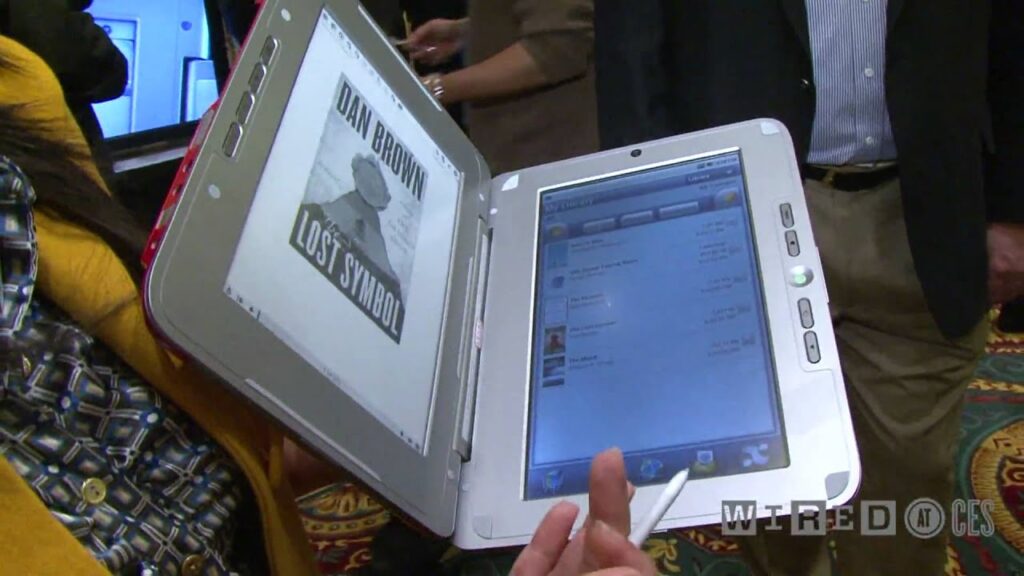Eric Singer Praises Margot Robbie’s Accent Performance and Shares Fascinating Language Facts
Summary
In this article, we explore the insights of Eric Singer, a dialect coach, who praises Margot Robbie’s accent performance in movies. Singer also shares some fascinating linguistic facts, such as the inventory of speech sounds in a language, the great vowel shift in the English language, and the complexities of pronouncing the letter “r”. The article also discusses the “transatlantic” or “mid-Atlantic” accent, a made-up accent that became popular in the United States.
Table of Contents
- Margot Robbie’s Accent Performance Praised by Dialect Coach
- Linguistic Facts: Inventory of Speech Sounds and Great Vowel Shift
- The Complexities of Pronouncing the Letter “R”
- The “Transatlantic” or “Mid-Atlantic” Accent
- Conclusion
Margot Robbie’s Accent Performance Praised by Dialect Coach
Eric Singer, a dialect coach, is impressed by Margot Robbie’s accent performance in movies. He commends her for her ability to master different accents and make them sound authentic. Singer explains that mastering accents involves more than just mimicking sounds, but also understanding the nuances of a language, such as intonation, rhythm, and stress.
Linguistic Facts: Inventory of Speech Sounds and Great Vowel Shift
Singer shares some fascinating linguistic facts, such as the inventory of speech sounds in a language, which can range from 10 to 90 depending on the language. The Piraha language in the Amazonian Basin has the smallest number of sounds, while click languages have the largest. Singer also discusses the great vowel shift in the English language, which is an example of how language changes over time. He explains that language change is arbitrary and that American English’s peculiar “R” sound is difficult for both actors and native speakers to master.
The Complexities of Pronouncing the Letter “R”
The article delves into the complexities of pronouncing the letter “r”. Singer explains that the “molar R” involves the sides of the tongue coming up and making contact with the upper teeth. He also mentions that some languages, such as Spanish and Italian, have a rolled “r”, which involves the tongue vibrating against the roof of the mouth.
The “Transatlantic” or “Mid-Atlantic” Accent
The article also discusses the “transatlantic” or “mid-Atlantic” accent, which was essentially a made-up accent created by an Australian named William Till in the late 19th century. This accent became popular in the United States and was taught in schools and used in stage and screen performances. Singer explains that the accent was a hybrid of British and American English and was used by actors and politicians to sound more sophisticated.
Conclusion
In conclusion, Eric Singer’s insights into accents and language provide a fascinating look into the complexities of speech. From the inventory of speech sounds to the great vowel shift to the nuances of pronouncing the letter “r”, language is a rich and ever-changing aspect of human communication. The article thanks the reader for listening and encourages them to share these interesting language facts with others.







